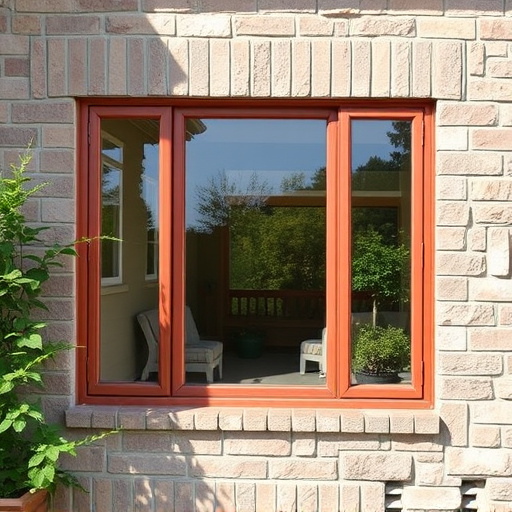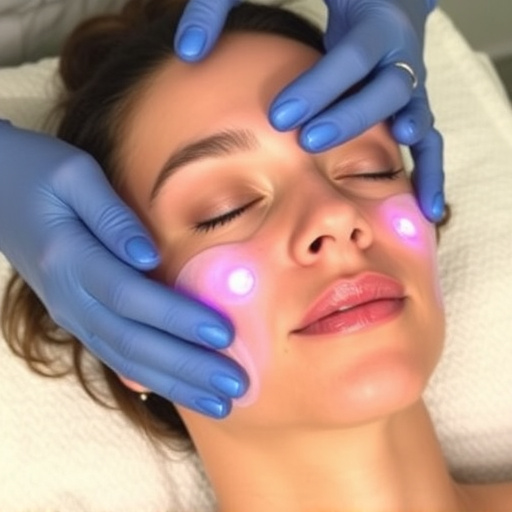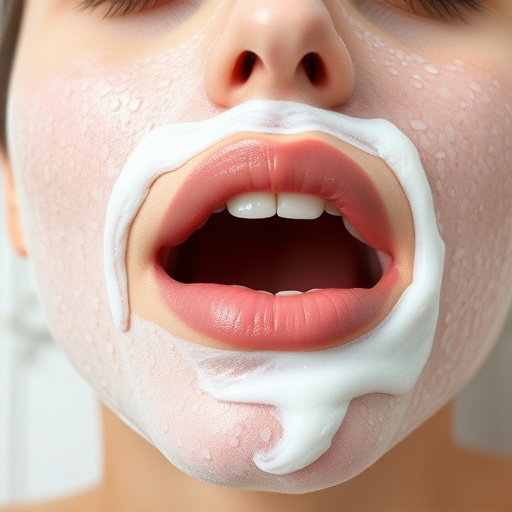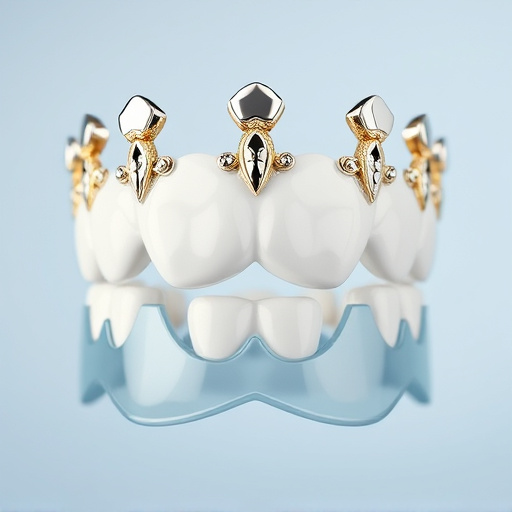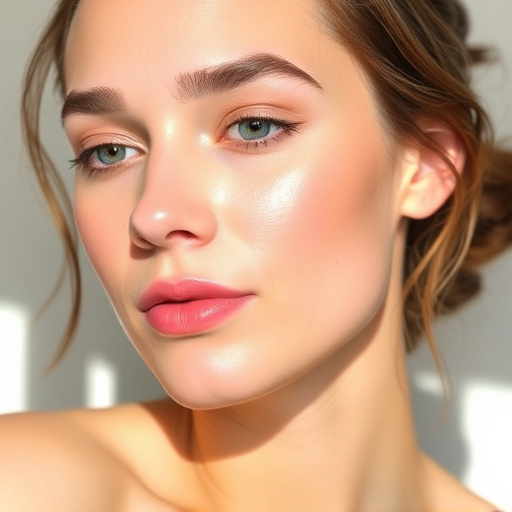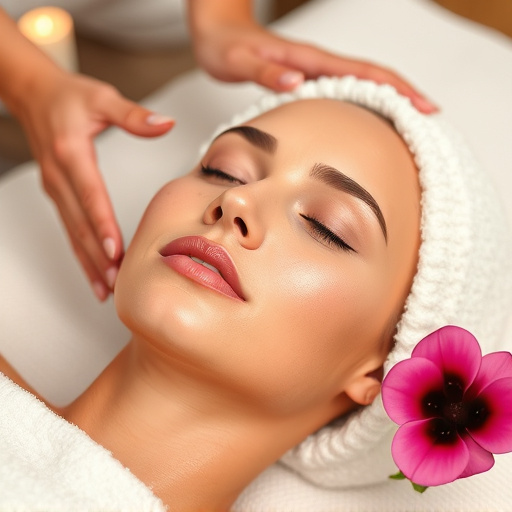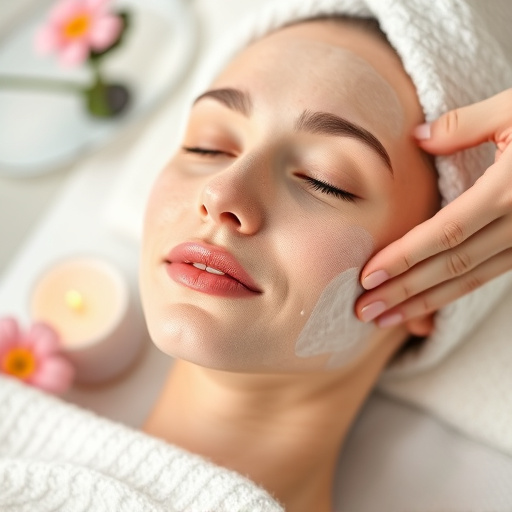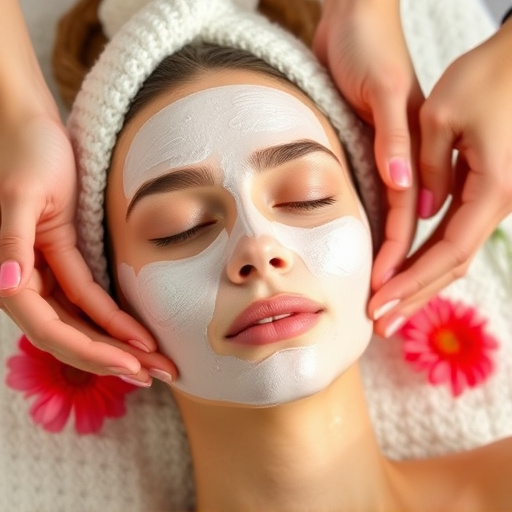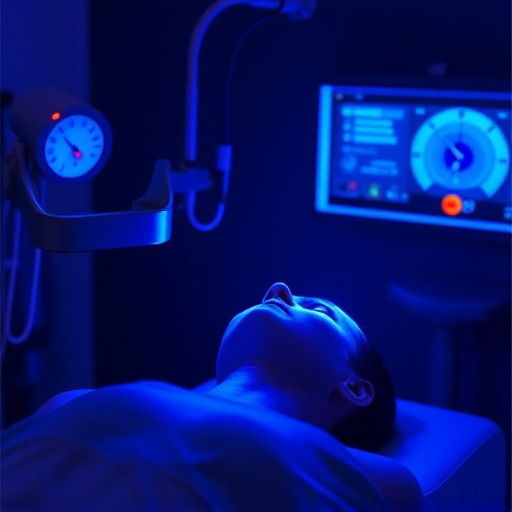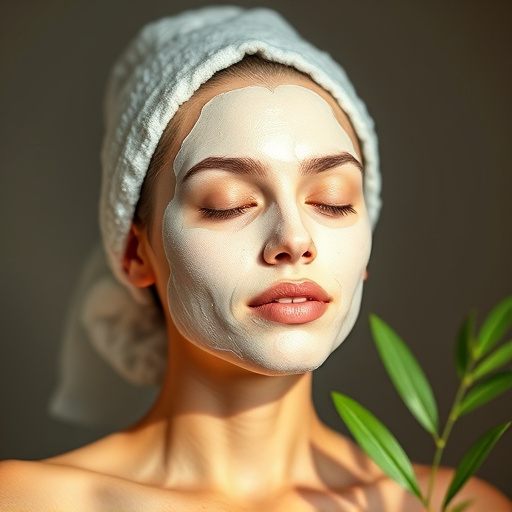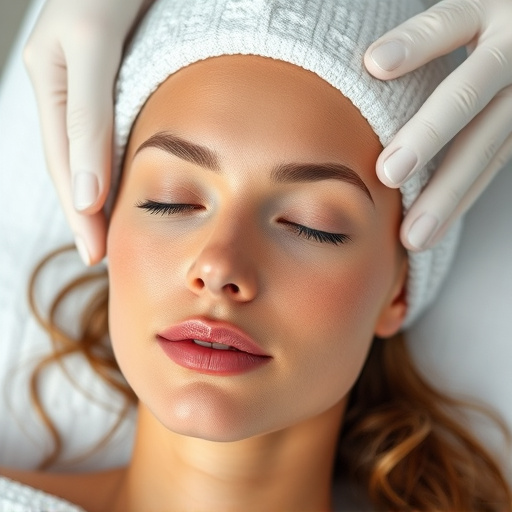Rosacea, a skin condition causing redness and bumps, has unknown causes but involves genetic factors and triggers like sun exposure, food, stress. Personalized treatment plans combining topical medications, lifestyle adjustments (e.g., diet, skincare routine, stress management), and procedures like microneedling effectively manage symptoms. Gentle skincare, avoiding triggers, broad-spectrum sunscreen, hydration, sleep, hygiene, and professional treatments further aid in rosacea treatment.
Rosacea is a skin condition characterized by redness, irritation, and small, red bumps. This article explores effective rosacea treatment methods that provide fast relief from symptoms. We delve into understanding the causes and triggers of rosacea, including environmental factors and diet. Additionally, we discuss topical treatments for instant calming effects and lifestyle changes to soothe irritated skin. Discover practical tips for managing rosacea and achieving clearer, more comfortable skin.
- Understanding Rosacea: Causes and Triggers Unveiled
- Topical Treatments for Instant Relief from Redness
- Lifestyle Changes to Calm and Soothe Irritated Skin
Understanding Rosacea: Causes and Triggers Unveiled
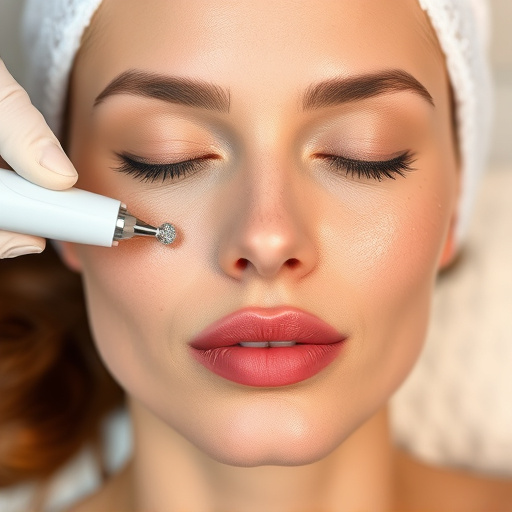
Rosacea is a chronic skin condition characterized by redness, small blood vessels visible on the skin’s surface, and sometimes small bumps filled with liquid. While it can affect anyone, it typically presents in individuals with fair skin, particularly those of Northern European descent. Understanding what causes rosacea is crucial for effective rosacea treatment. The exact cause remains unknown, but several factors are believed to play a role. These include genetic predisposition, environmental triggers, and changes in blood vessels that dilate and become more visible.
Various triggers can flare up this condition, leading to increased redness and irritation. Common culprits include sun exposure, certain foods, cosmetics, and even emotions like stress and laughter. Even mild exercise can trigger rosacea in some individuals. Knowing these causes and triggers is essential for managing symptoms effectively. Skilled dermatologists often recommend personalized care plans that may incorporate topical medications, lifestyle adjustments, and specific skin care routines—including hydrating facials and other rejuvenating treatments—to calm redness, reduce irritation, and promote overall skin health.
Topical Treatments for Instant Relief from Redness
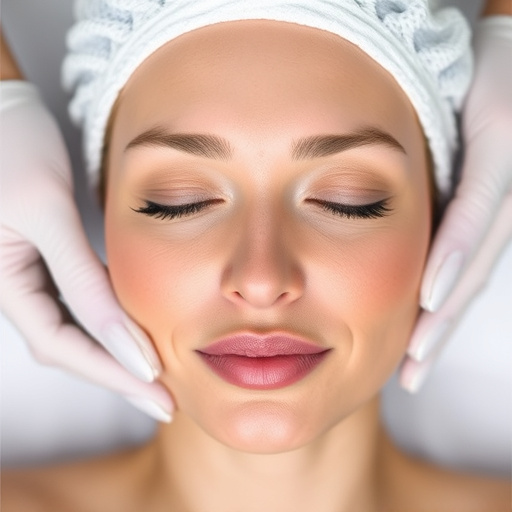
Many people suffering from rosacea find immediate relief through topical treatments designed to calm redness and irritation. These products often contain ingredients like niacinamide, hyaluronic acid, and antioxidants, which help regulate skin inflammation and hydrate the affected areas. By choosing the right combination of creams, serums, or gels, individuals can achieve a significant reduction in symptoms within minutes.
Customized facials offer another effective approach to rosacea treatment, providing targeted care tailored to each patient’s unique skin concerns. Procedures like microneedling therapy, which gently pricks the skin to stimulate collagen production, can also be beneficial for reducing redness and improving overall skin texture. These methods work in harmony with topical treatments to deliver fast-acting relief and long-lasting results.
Lifestyle Changes to Calm and Soothe Irritated Skin
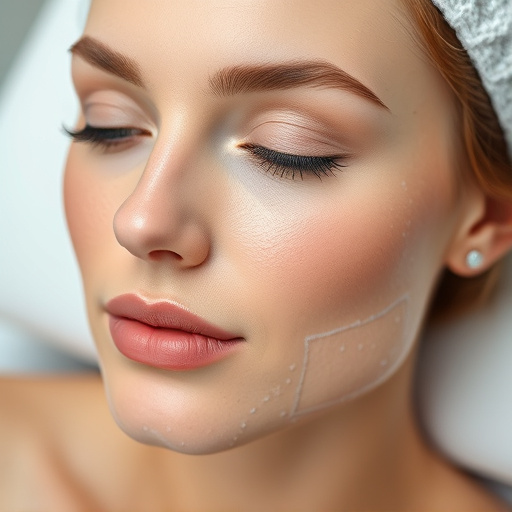
For effective rosacea treatment, adopting certain lifestyle changes can significantly calm and soothe irritated skin. One key aspect is maintaining a consistent and gentle skincare routine. This involves using mild, fragrance-free products that won’t strip the skin or exacerbate redness. Avoiding trigger foods and beverages, such as spicy dishes, caffeine, and alcohol, can also help reduce flare-ups and irritation.
Additionally, protecting the skin from sunlight is essential. Wearing broad-spectrum sunscreen with an SPF of at least 30 daily helps prevent sunburn and further stimulates inflammation. Incorporating stress management techniques like meditation or yoga may also benefit rosacea symptoms, as stress is a common trigger for flare-ups. Other helpful practices include staying hydrated, getting adequate sleep, and practicing good hygiene to avoid skin infections or irritations that can worsen rosacea. Moreover, some individuals find relief through professional skincare treatments, such as laser hair removal, which can minimize facial redness and pore refinement techniques that target enlarged pores commonly associated with rosacea.
Rosacea treatment isn’t one-size-fits-all, but with a combination of topical remedies, lifestyle adjustments, and an understanding of personal triggers, it’s possible to effectively calm redness and irritation fast. By implementing these strategies, you can take control of your skin’s health and achieve a clearer, more comfortable complexion. Remember, consistent care and attention to your rosacea treatment plan are key to long-lasting results.


